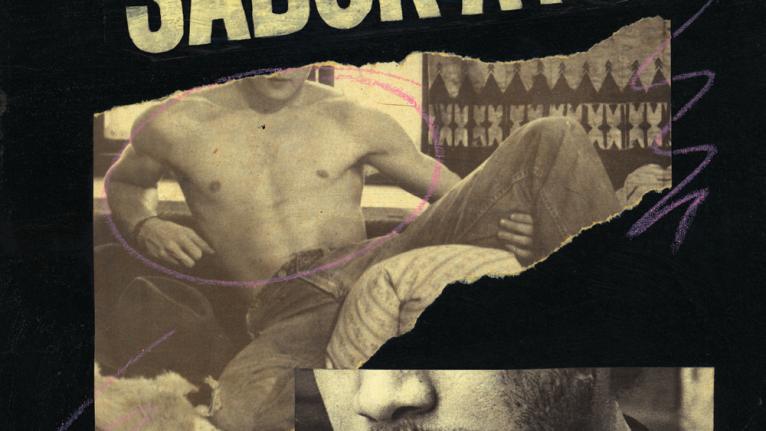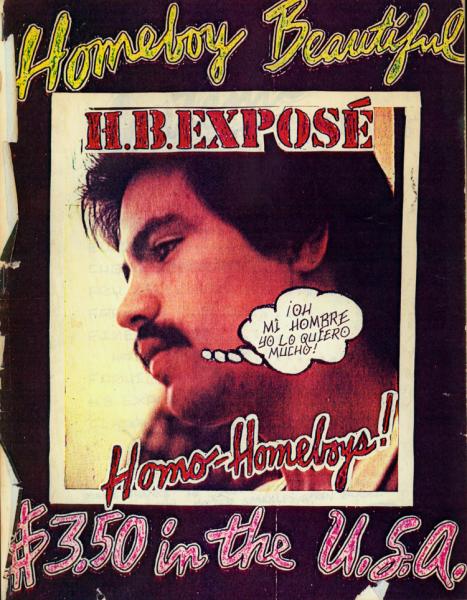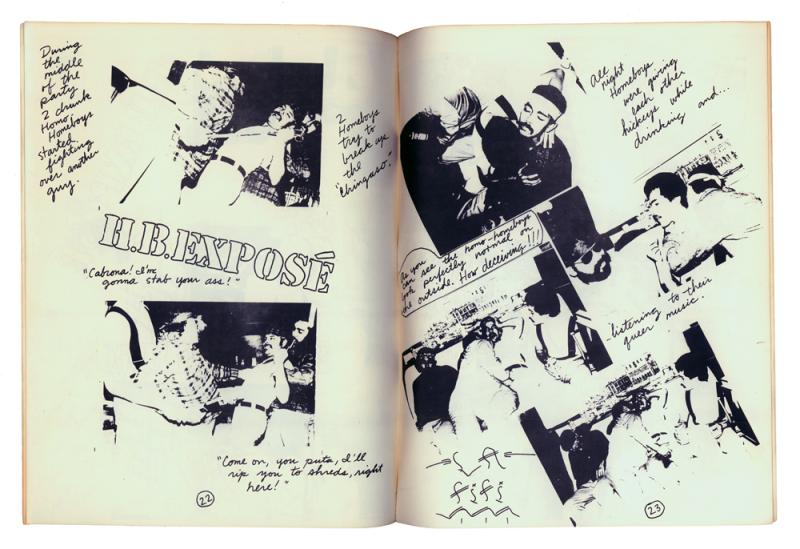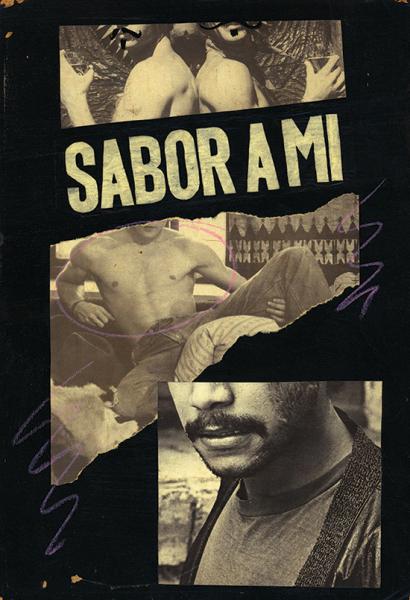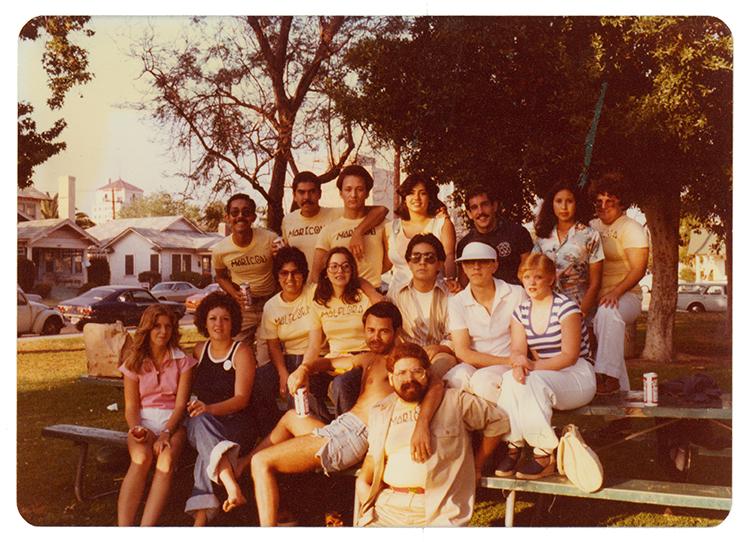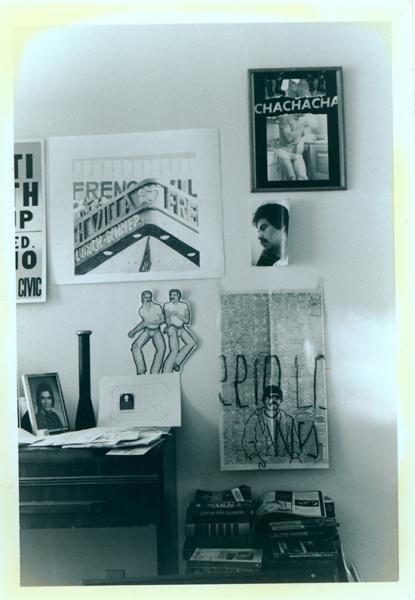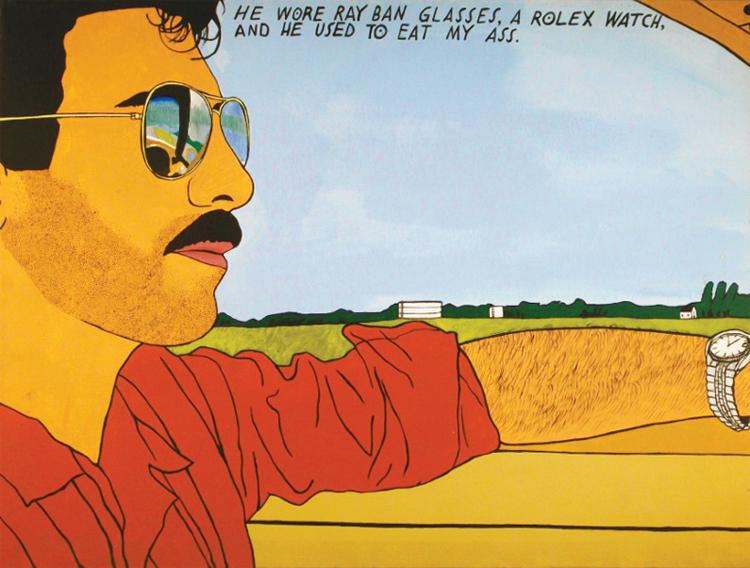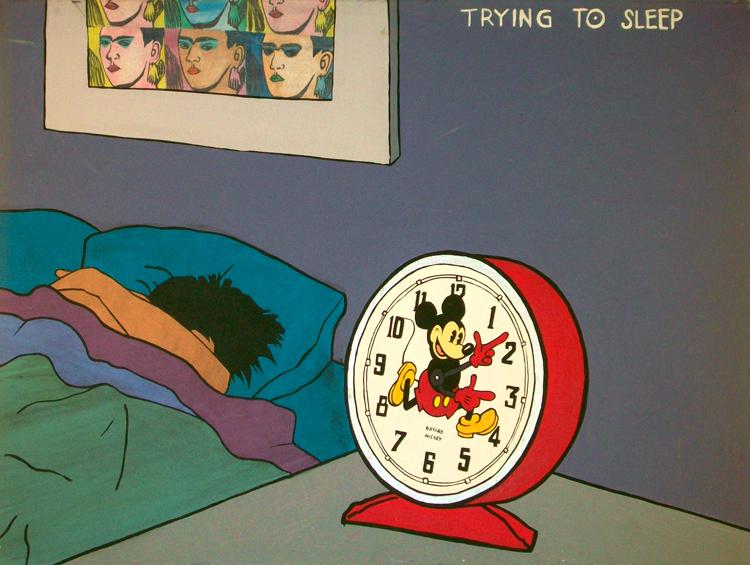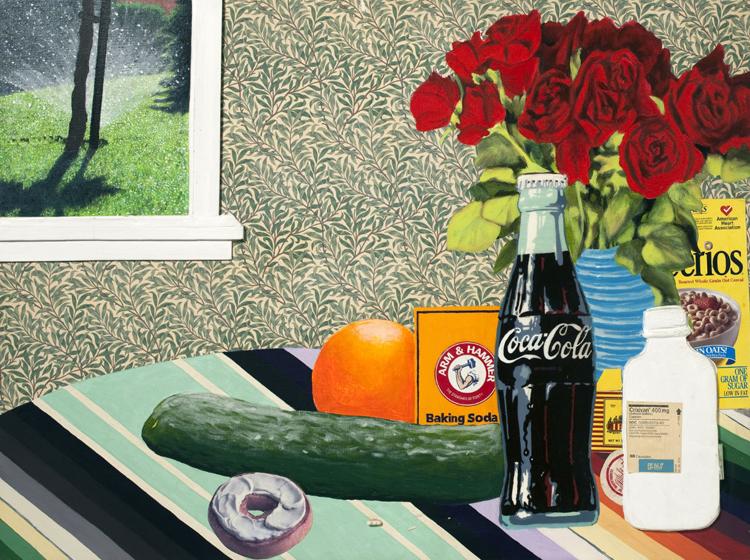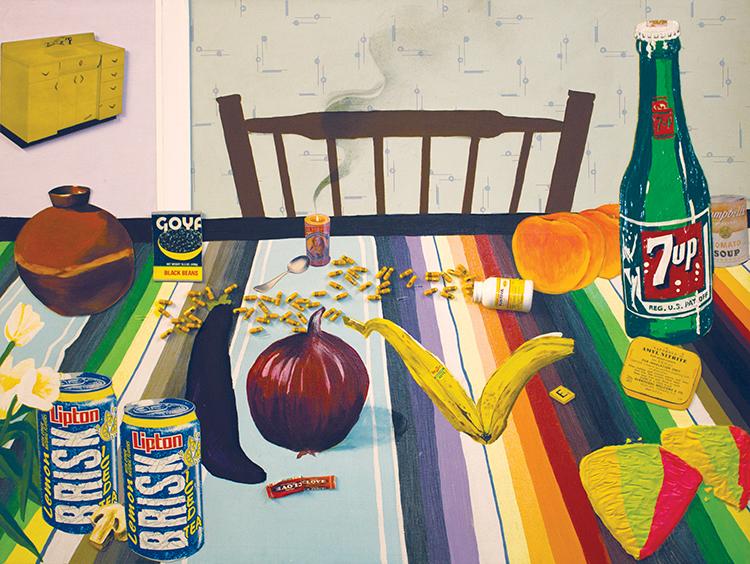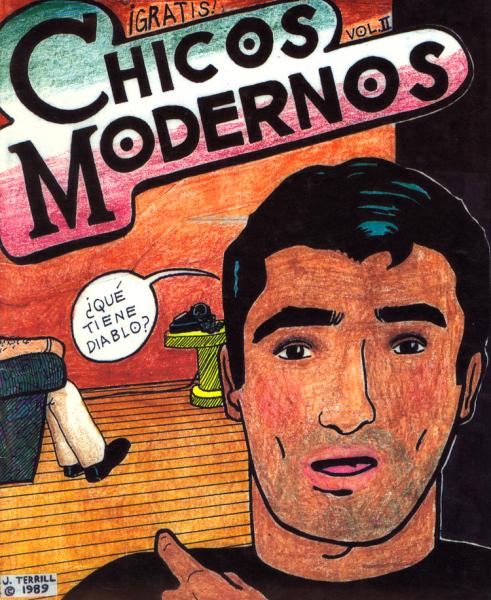Opening Reception: Saturday, May 18, 2013, 5-8pm
ONE National Gay & Lesbian Archives presents Joey Terrill: Just What Is It About Today’s Homos That Makes Them So Different, So Appealing?, a retrospective exhibition of work by Los Angeles-based queer Chicano artist Joey Terrill covering five decades of the artist’s work including paintings, drawings and artist publications. Rooted in a commitment to social justice issues, Terrill’s work contests categories of Chicano and queer art and identity, consistently blurring the line between art, life, archive and activism. The works assembled in this exhibition point to multiple concerns in the artist’s work such as raising queer and Chicana/o consciousness, complicating forms of representation and identity, and exploring personal histories.
The exhibition includes Terrill’s seminal mail-art magazine Homeboy Beautiful (1978-79). Manipulating tropes of lifestyle magazines such as Ladies’ Home Journal and House Beautiful, Homeboy Beautiful satirized the straight, predominately white demographic of such publications, while using a queer sensibility to critique machismo in barrio culture. As Terrill explains the magazine’s premise:
In both issues I played an undercover reporter named Santos who featured “exposes” of made up societal problems. In the first issue I exposed a secret underground network of ‘Homo-Homeboy’ parties where vato locos congregate late at night to drink, get high, and listen to Judy Garland records ending in a drunken orgy of sex and violence. The homeboys would remove their bandanas from their heads and strategically place them in either their ‘left’ or ‘right’ back pocket following the gay hanky codes of the 1970s. The sensibility [of Homeboy Beautiful] was more Dada and Mad Magazine in its approach then politically correct of strident.
The second issue saw the Homo-Homeboys, disgruntled over their exploitation in the first issue, hijack the “office” of Homeboy Beautiful. While it predates the explosion of zine culture in the 1980s, Homeboy Beautiful shares many of the movement’s key concerns, chiefly an antagonism for mainstream media representations as well as a sensibility for the humorous and satirical. Full copies of Homeboy Beautiful are displayed alongside original preparatory sketches and paste-ups used to produce the magazine.
Also on display is a selection of paintings from Terrill’s “Still Life” series that explores the artists’ ambivalence toward the pharmaceutical industry and the normalization of living with HIV/AIDS. Utilizing the language of 1960s pop art, Terrill’s studies place HIV drugs alongside mainstream consumer products depicted within a domestic space that hints at both Chicana/o and queer culture. Terrill’s paintings question the rapid cultural change found in both the LGBTQ community and wider public regarding HIV/AIDS. Today, life-saving pharmaceuticals are marketed like everyday consumer products, while the traumas and struggles of the early AIDS crisis are little acknowledged and public discourse around HIV/AIDS has largely decreased. Terrill’s paintings, rooted in autobiography, complicate our understanding of living with HIV.
Additionally, the exhibition includes recent photorealistic paintings that replicate images from the artist’s personal archive and community-based projects such a Terrill’s illustrations in Chicos Modernos, a Spanish-language comic about safe-sex that was geared for toward young men and produced by the CORE Program in 1989.
Most recently, Terrill’s work was included in ASCO: Elite of the Obscure, A Retrospective, 1972–1987 at the Los Angeles County Museum of Art as a part of the Pacific Standard Time initiative. This retrospective of Terrill’s work underscores ONE’s commitment to exploring histories of queer art in Los Angeles.
